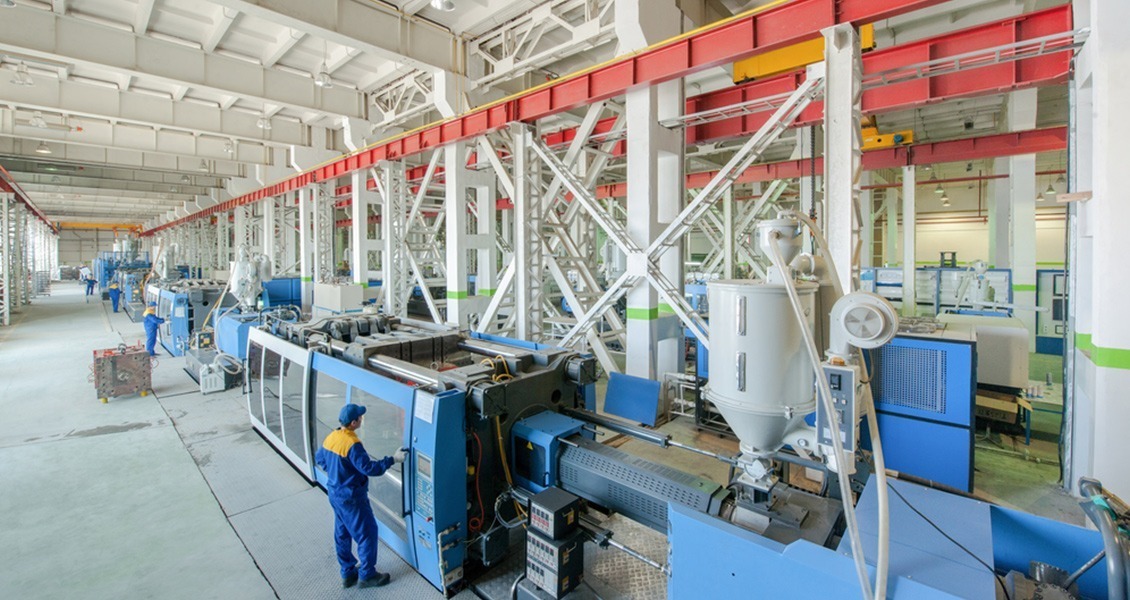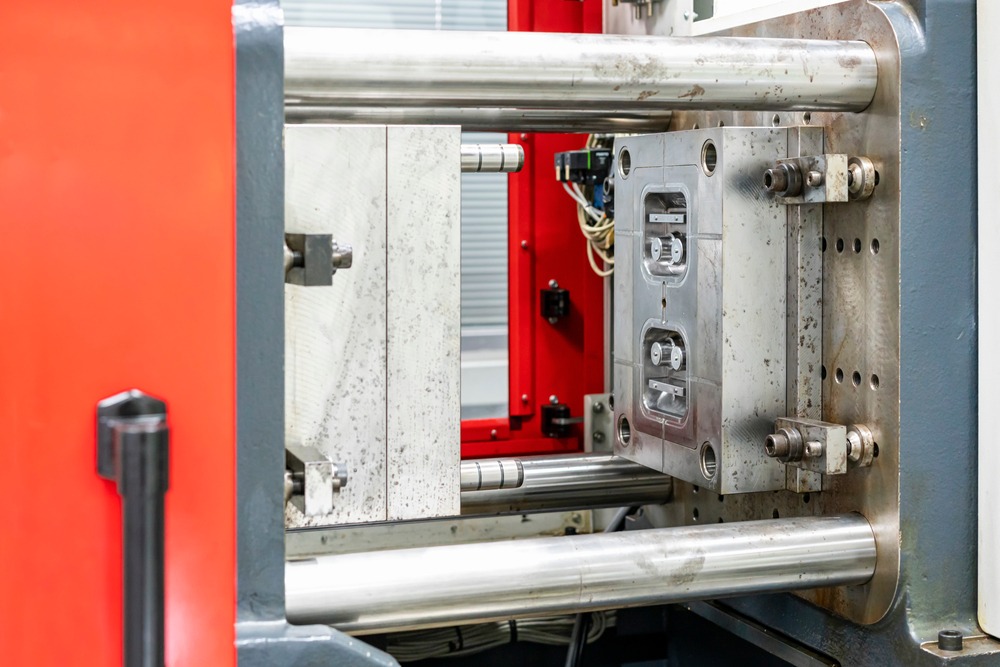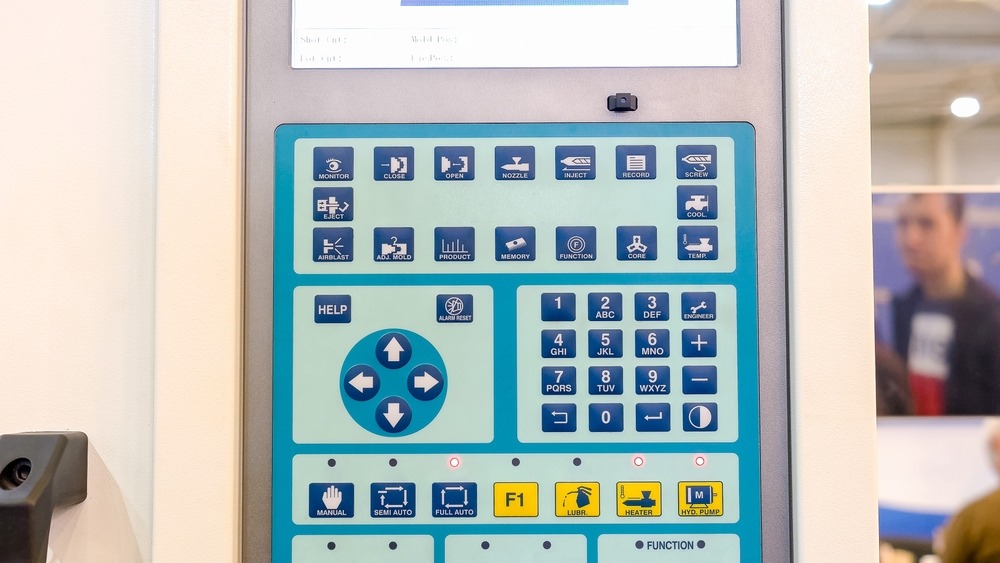Injection molding machines are at the heart of the manufacturing world, creating countless products that we use daily. From the plastic casing on your smartphone to the dashboard in your car, injection molding is a cornerstone of modern production.
Understanding the components of these machines is essential for anyone involved in manufacturing or design or simply curious about how everyday items are made.
At its core, an injection molding machine is a complex yet fascinating piece of equipment, consisting of various components that work in harmony to transform raw materials into finished products.
Each component plays a crucial role in the process, ensuring precision, efficiency, and quality in the final output. The process might seem intricate, but it’s the backbone of mass production, enabling the creation of identical items at an astonishing scale and speed.
What are Injection Molding Machines?
Injection molding machines are important in the world of industrial production, serving as the backbone for creating a vast array of plastic products.
These machines are specialized in their function, designed to mold materials, primarily plastics, into a diverse range of products efficiently and consistently.
The primary role of these machines is to manufacture products by injecting molten material into a mold. This process allows for high precision and uniformity, making it ideal for mass production.
The material, usually plastic, is first melted and then injected under pressure into a mold, where it cools and solidifies into the final shape.
Injection molding machines are versatile and capable of producing a wide variety of products. This includes everyday items like bottle caps, automotive parts, toys, household items, and even intricate components for technology devices.
Their ability to produce complex shapes with high accuracy makes them indispensable in various industries, from consumer goods to automotive manufacturing.
Components of an Injection Molding Machine
An injection molding machine is a system of various components working together to produce precise and uniform plastic products.
Understanding these components is crucial for anyone interested in the mechanics of this transformative manufacturing process.
The Clamping Unit
The clamping unit is a fundamental component of an injection molding machine and is responsible for holding the mold securely during the injection and cooling phases of the process.
It applies and maintains the necessary pressure to keep the mold closed while molten plastic is injected. This prevents the mold halves from separating due to the high pressure of the injected plastic. Once the plastic cools and solidifies, the clamping unit opens the mold for part ejection.
The most common types include hydraulic, mechanical, and electric clamping.
Hydraulic clamping is known for its powerful force and durability, while mechanical clamping is valued for its stability and precision. Electric clamping units are celebrated for their energy efficiency and accuracy.
The Injection Unit
The injection unit of an injection molding machine plays a crucial role in melting and injecting the plastic material into the mold.
It consists of a hopper, where the plastic pellets are loaded, a barrel heated to melt the plastic, and a screw mechanism to inject the molten plastic into the mold. The screw not only pushes the plastic forward but also mixes and melts the pellets, ensuring even temperature and consistency.
The Mold
The mold is central to the injection molding process, dictating the shape and specifications of the final product.
Molds are typically made from steel or aluminum and are custom-designed for each specific product. The design includes the shape of the product, gate locations for plastic entry, cooling channels, and ejection systems.
The Control System
The control system in an injection molding machine is the brain of the operation, ensuring everything runs smoothly and precisely.
It oversees the entire process, from controlling temperatures and pressures to managing the timing of each cycle. The control system is essential for achieving consistent product quality and optimizing the efficiency of the manufacturing process.
Each of these components plays a vital role in the injection molding process, working together to produce high-quality plastic parts efficiently and reliably.
Additional Components and Features
Beyond the primary units, an injection molding machine comprises other essential components like the hopper, where raw plastic material is stored; heaters that aid in melting the plastic; and a cooling system to solidify the molded product.
Modern machines often include advanced features like touchscreen controls, energy-saving systems, and precision hydraulics for enhanced efficiency and product quality.
Key Takeaway
Grasping the components of an injection molding machine is critical to understanding how everyday plastic products are made. Each part plays a crucial role in this intricate process.
For those looking to delve deeper or with specific manufacturing needs, exploring detailed resources or seeking professional consultations can provide more in-depth insights into this fascinating manufacturing world.




